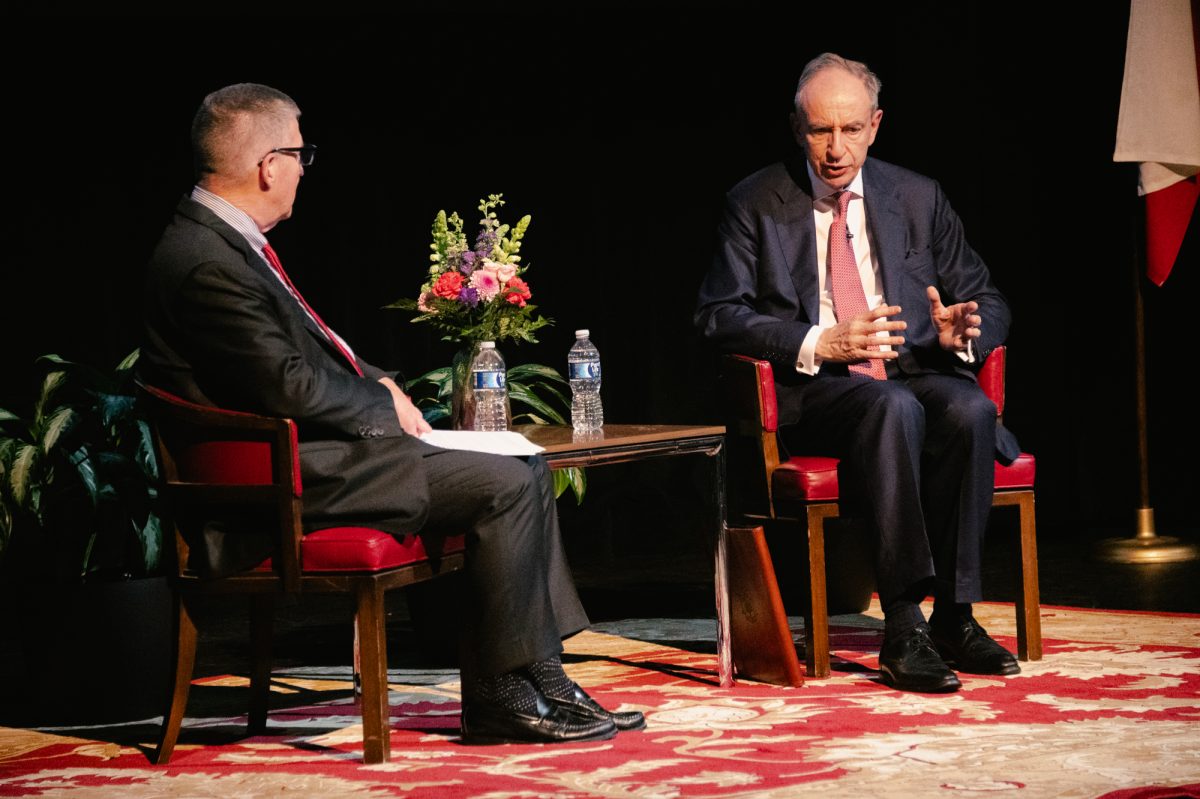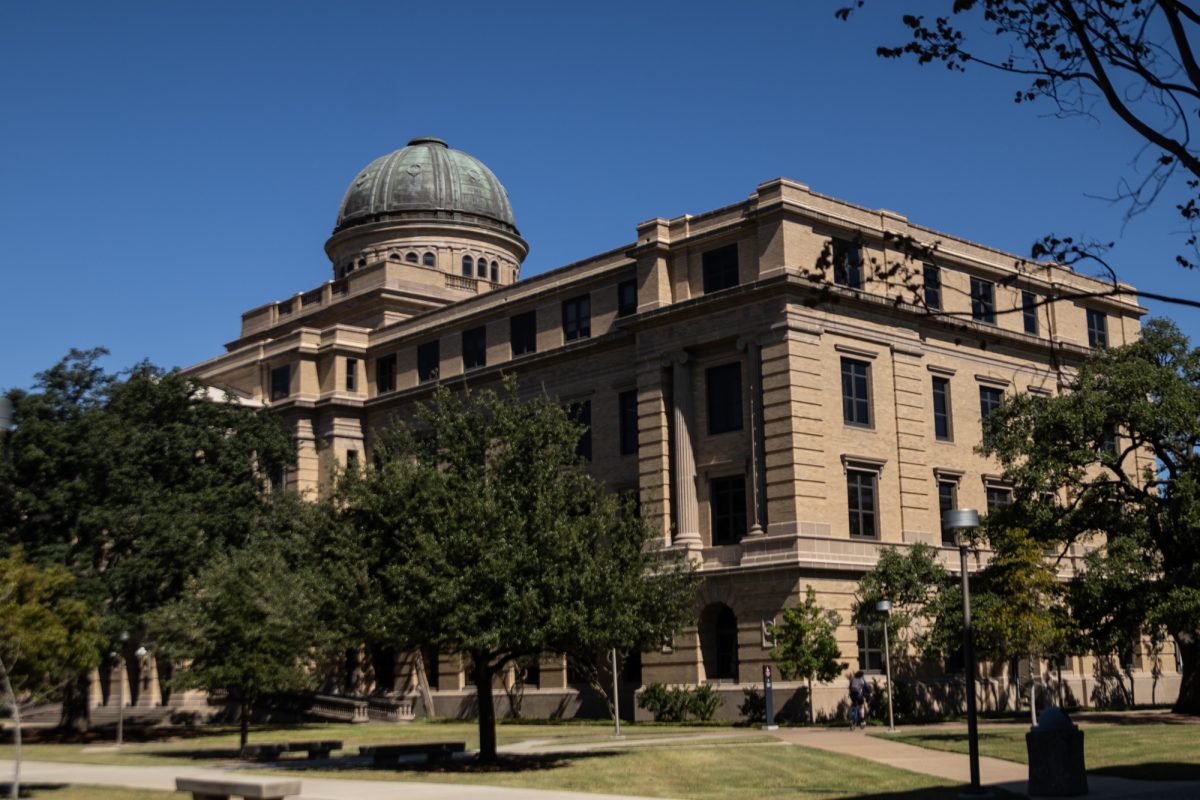Before an audience of scientists and researchers in the White House, President Barack Obama signed an executive order lifting a ban on federal funding restrictions for embryonic stem cell research. With $10 billion promised to medical research in the president’s stimulus plan, it is likely that a good portion of that will be directed toward stem cells.
By reversing former President George W. Bush’s religiously motivated prevention of progress, Obama has encouraged new opportunities for medicine. As there is legitimate hope that stem cell research can lead to treatments for Parkinson’s diseases, Huntington’s disease and liver damage, the U.S. government has a responsibility to its citizens to fund life-saving research.
Many, including Bush, have opposed stem cell research based on their moral position on abortion. Bush limited federal funding for stem cell research to only 21 pre-existing stem cell lines, but researchers needed to use hundreds of new stem cell lines from embryos. The reasoning behind these limitations was the ludicrous belief that funding for stem cell research would encourage more women to have abortions, as their fetuses would be put to a scientific use. Ignoring the fact that preventing citizens aiding scientific research through a completely legal action is as muddled and ignorant as the rest of Bush’s presidency, the basic argument makes little sense. Abortion is mainly a last resort for women who are unequipped to deal with a child. The decision to abort is a personal one made by an individual, indifferent to the miniscule gain to science of one embryo.
Since 2001, when Bush’s restriction was enacted, several states have launched initiatives to fund stem cell research. New York funded $600 million to stem cell research alone, in 2007, and voters in California pledged $3 billion in 2004, sponsoring 12 stem cell research centers. These investments should place the states in a better position to attract more federal money. Though Americans should be grateful that a few states were responsible enough to keep stem cell research on life support, the money given pales in comparison to the funds that could be given by the federal government. More importantly, private investors will be less fearful of putting their money in stem cell startups. Venture capitalists and big pharmaceutical companies have been reluctant to invest in stem cell companies due to concerns of further tightening of restrictions in the future.
“It’s a green light that will go a long way in my experience to people committing capital,”
Michael West, chief executive of BioTime Inc., a company that sells stem cell lines in California, told The Associated Press. “Not knowing the future was really a major risk factor.”
Stem cell research has the potential to accelerate understanding of basic biology, cell-replacement therapy, drug testing and development and disease modeling. Scientists are nearly universal in supporting the value of stem cells and the potential impact they could have on the medical community.
“I think over the next five to 10 years, the revolution will have happened in stem cell therapeutics,” Alan Trounson, president of California’s stem cell agency, said to The Associated Press.
Although the future seems promising, the world will never know how many could have been saved had stem cell restrictions never blocked progress. The cures we could see 10 years from now could have been available sooner had Bush not let his religious views impede science and potentially cost lives.
Obama should be lauded for making stem cell research a priority in his first 50 days in office, and Americans should be continue to be vigilant in funding science into the future.
With stem cells, research trumps religion
March 24, 2009
0
Donate to The Battalion
$810
$3500
Contributed
Our Goal
Your donation will support the student journalists of Texas A&M University - College Station. Your contribution will allow us to purchase equipment and cover our annual website hosting costs, in addition to paying freelance staffers for their work, travel costs for coverage and more!
More to Discover









